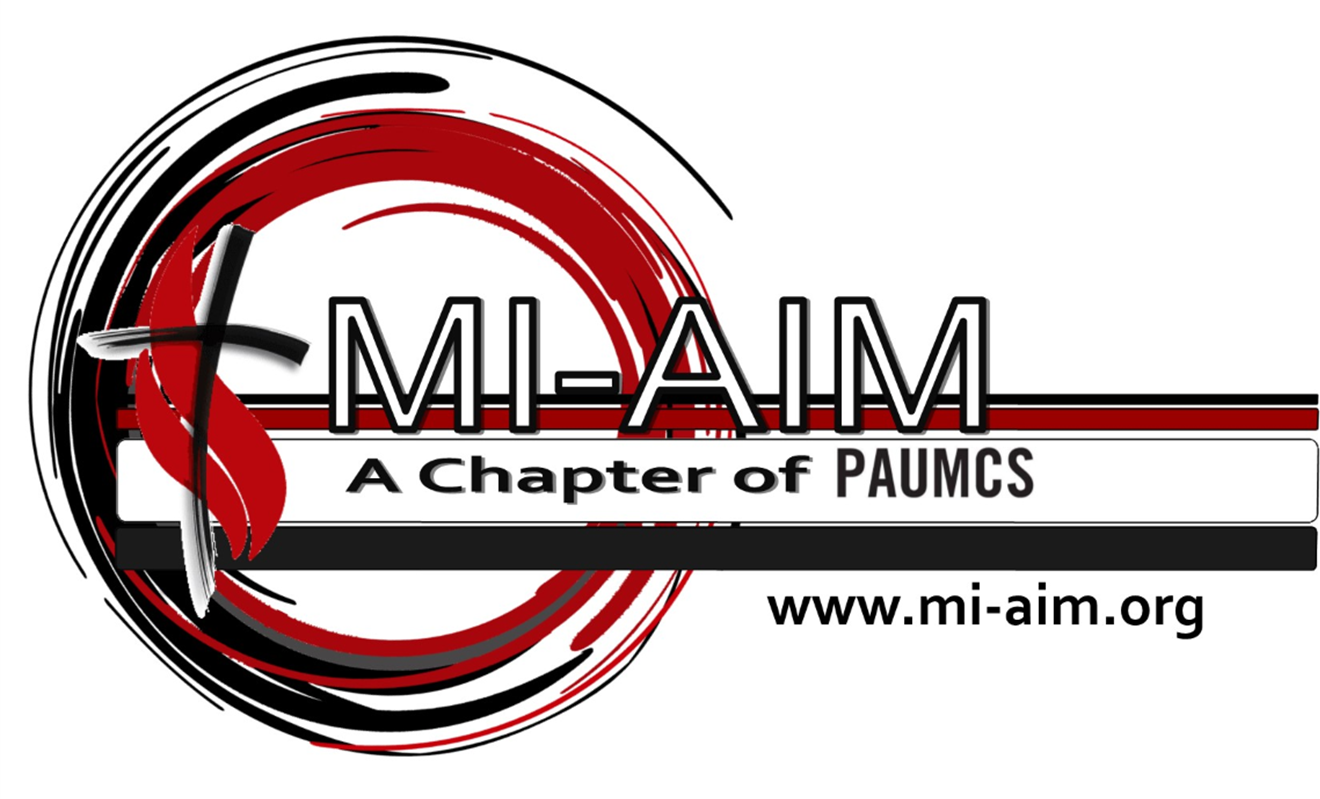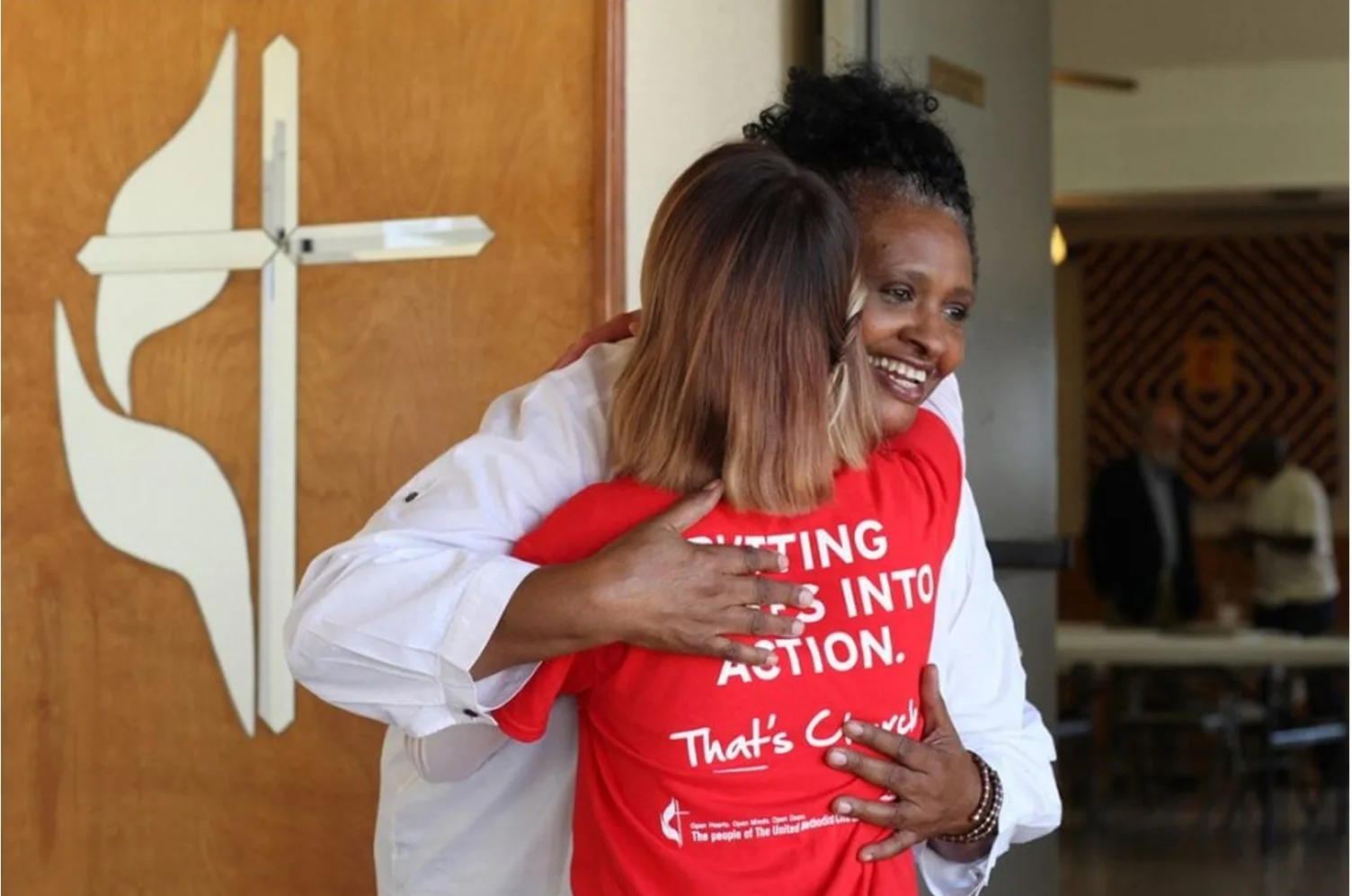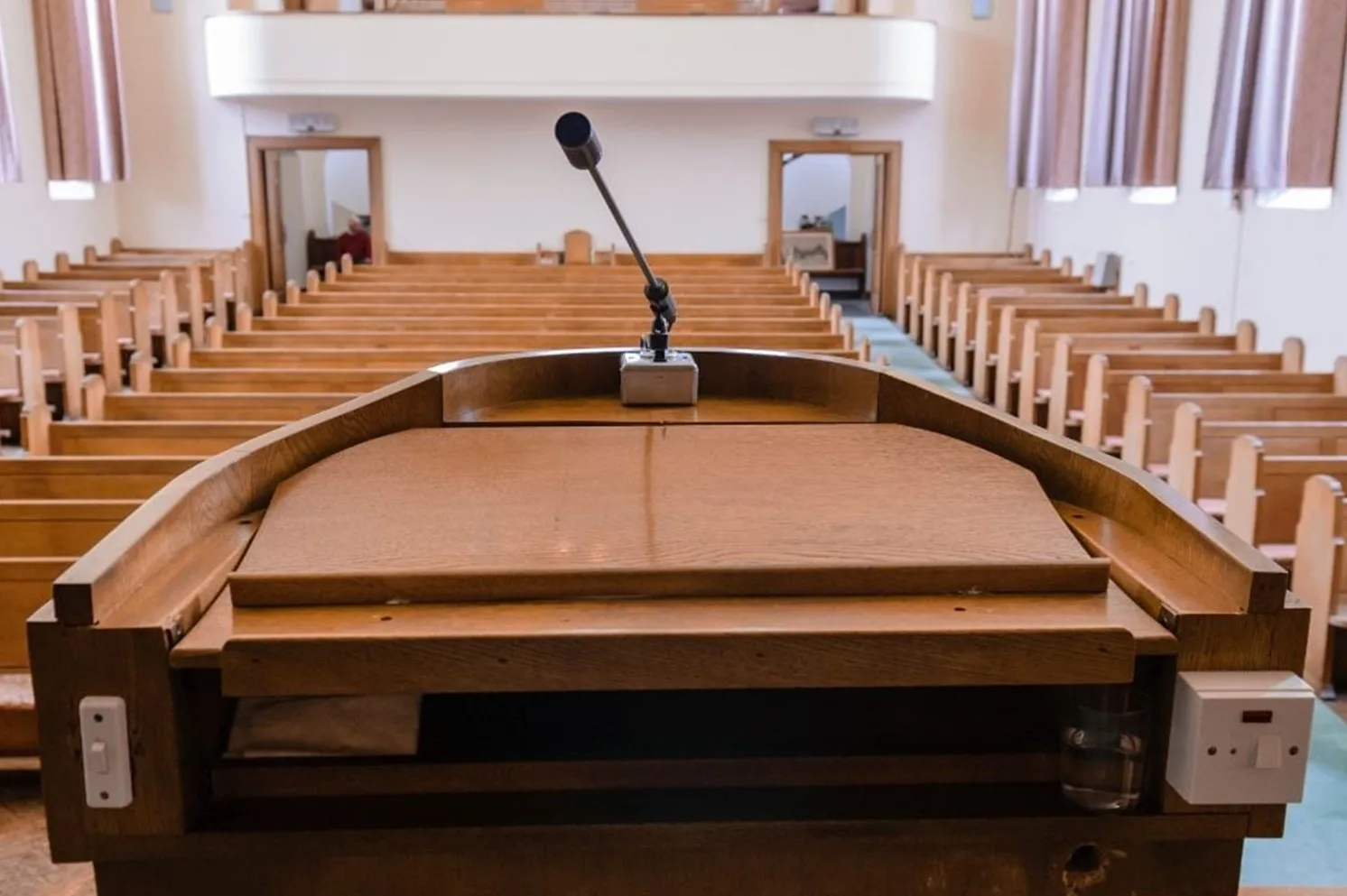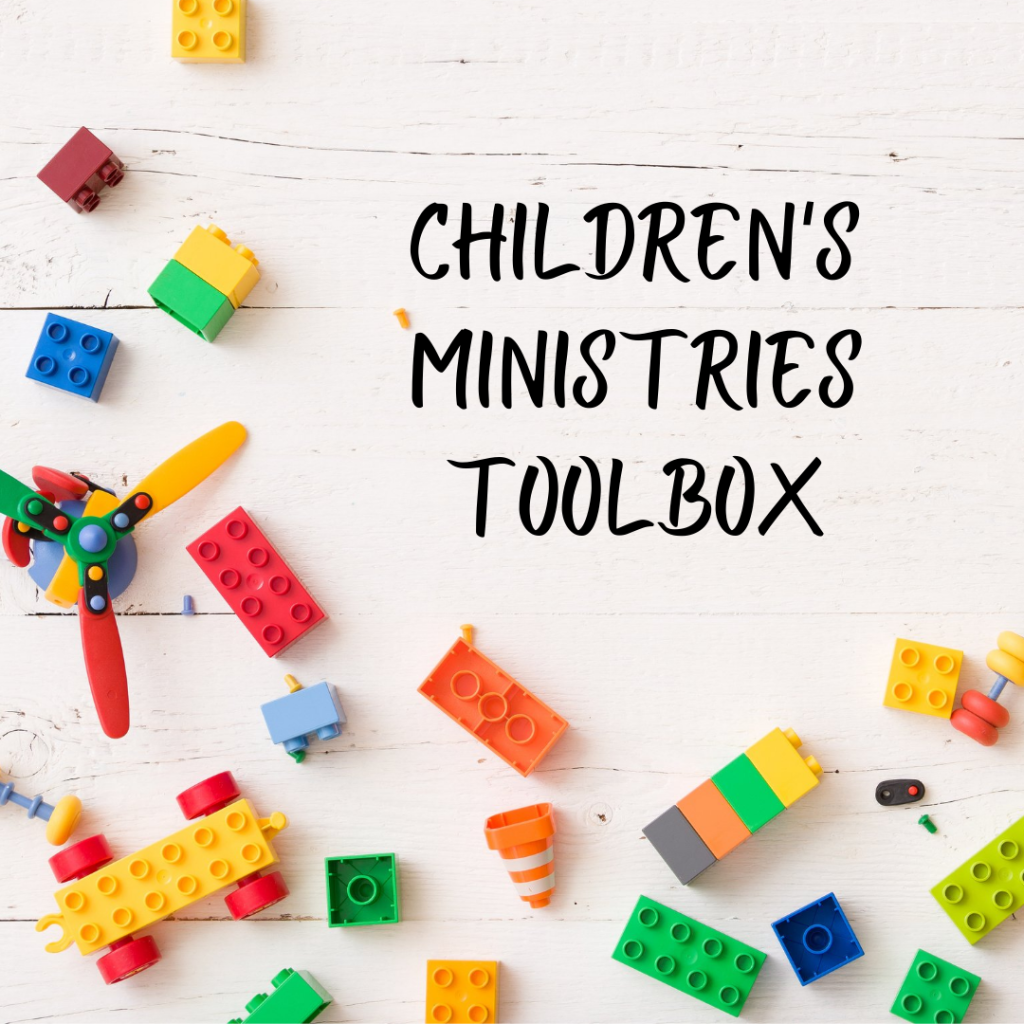In this first half of a two-part article, Glenn Wagner shares ideas from his four decades as a United Methodist pastor to help clergy and congregations better say goodbye and welcome during seasons of pastoral transition.
GLENN M. WAGNER
Michigan Conference Communications
Pastoral transitions are a regular occurrence in the lives of United Methodist pastors and their families and in the ministries of United Methodist congregations.
According to Pamela Stewart, Michigan Conference Statistician, in 2022, there were 190 pastors serving in the 726 United Methodist congregations (including satellite locations and new church starts) who experienced being named to a new appointment. One hundred and eleven of these pastors moved to a different address. She also noted that only 19 current pastoral appointments in Michigan have lasted 14 years or longer.
The three Michigan congregations I was privileged to serve as pastor are each older than a century. Each had been served by more than 40 pastors prior to my arrival. In the early years of these congregations, pastors changed every year or two. The parsonage system, where congregations provide housing for the pastor and family, developed in response to frequent pastoral transitions.
When I arrived in 1992 for my pastoral service in Michigan as a transfer from Northern Illinois, respected clergy elders shared the lore of how they learned where their next pastoral appointment would be during the reading aloud of the appointments each year at the close of Annual Conference by the bishop. When they heard their new assignments, they would meet briefly with the lay representative from their next church, phone home with the news of their traveling orders, and then return to their current parish to prepare to move within weeks to their new pastoral appointment.
Thanks to improvements made in handling pastoral moves by conference leadership, my personal experience of pastoral transition involved receiving a call from my district superintendent in the months preceding the early summer meeting of Annual Conference. This call also informed me of the bishop’s decision to appoint me to a new church, effective July 1. It also allowed for adequate time to prepare for a better transition from one ministry setting to the next for our family, the congregation we were leaving, and the congregation preparing to receive new pastoral leadership.
This first half of a two-part article on pastoral transitions shares ideas intended for pastors, their families, and congregations so that the goodbye experience can be fruitful for ministry. Part two of this article on pastoral transitions, which will run at a later date, offers helpful ideas for welcoming a new pastor to a church and community.
The Priority of Prayer
Pastoral transitions need God’s presence and support. Spend time regularly in prayer, seeking God’s guidance, wisdom, and direction. Invite others to join you in prayer for help with logistics, relationships, grief, stress, and being open to the changes to come. Stay open to the lessons God teaches about faithfulness during this season of moving.
Sharing the News
The pastor being moved to a new appointment should decide with family and church leadership how and when to best share this news with others. Decisions should be made about whom one should tell in person prior to a general announcement.
A general announcement can be made in Sunday worship. This should be followed quickly by a social media posting, an email announcement to the church distribution list, an addition to the church prayer chain, a press release to local media, a letter via snail mail to church members, and a notice on the church website.
Consider having either the congregational lay leader or the chair of the church staff-parish relations committee announce to the congregation at the close of a Sunday worship service, along with a brief explanation of the pastoral transition process. Those leaders making the announcement should also make themselves available after church for further conversation with parishioners who may have additional questions.
The pastor’s final Sunday and farewell event are newsworthy. Use the opportunity to inform the wider community about this change by sending a press release and a photograph to local news outlets. The article can highlight the pastor’s ministry, news about the final Sunday, and details about the transition.
The Stress of Change
There is no doubt that changing pastors is stressful. Change is stressful for the relocating clergy, their families, and congregations. Supportive relationships are disrupted. People all react to change in different ways and at different speeds.
In his classic book about coping with change, Who Moved My Cheese?, Dr. Spencer Johnson likens the process of changing circumstances to a mouse in a maze that has been regularly rewarded with cheese in a fixed location for an extended period. If the cheese suddenly gets moved, the mouse with a tiny brain soon realizes that the cheese is gone and readily looks for new cheese in a new location of the maze. People have more complex brains. We are apt to grieve, get angry, and protest change. It takes many people longer to accept and adapt to change. Johnson offers hope with the truth that we can change and even grow to like the change.
During seasons of pastoral transition, it is important for a climate of well-being that pastors and church leaders embody calm and remain affirming of the process. Allowing listening sessions after church services so leaders can hear congregational concerns and answer questions can be helpful. Stay open to what lessons God will be teaching you during the transition.
Making and Sharing a List
Pastors are living repositories for important information in the life of their ministry posting, which can be of vital help in assisting a smoother transition for new pastoral leaders. It is a good idea for departing pastors prior to moving to make a list to be shared, in person if possible, with the newly appointed pastoral successor. Video conversations through Zoom or Facetime are good alternatives if in-person meetings aren’t possible.
Without breaking confidence, the departing pastor should consider including known pastoral care concerns in the congregation, names of critically ill parishioners, pending surgeries, recently bereaved parishioners, and church families in crisis.
The list should include information about major church projects which are pending. This could consist of renovations in progress, bills needing payment, and financial concerns.
The sharing of this list for a pastoral successor can mention mission programs past, present, and planned that have been important to the congregation as well as a run-down of significant church groups and ministries.
The list may also include helpful information about issues, history, values, and events in the wider community which may be important.
Church history and existing church core values are helpful to pass along.
Details regarding the names of important volunteers, leaders, and donors may also prove helpful.
Any significant newly resolved or continuing church conflicts may also be important information for a new pastor.
Cleaning, Culling, and Repair
Departing clergy will leave a better impression on their successors if they arrange for the cleaning and repair of the church parsonage and the pastor’s study/office at the church.
Conference rules require that the pastor is responsible for any damages caused at the parsonage by their pets. Pet urine stains on carpets or cat dander may require carpet cleaning, repainting, and vent cleaning.
New pastors should not have to handle the leftover garbage of their predecessors before they can move in.
Church trustees and members of the staff-parish relations committee will want to partner with their departing pastor to ensure their new pastor is welcomed into a clean and hospitable living and working space.
Moving also allows pastoral families to sort through personal possessions to lighten the load of moving by selling or donating excess possessions that are no longer used.
Notifications of Address Changes
The departing pastoral family will need to send notifications of their pending address changes to the many outside links in their lives, including banks, utilities, investments, the Internal Revenue Service, the post office, friends, and family members. This could include Christmas card lists, social media contacts, pension and insurance plan providers, the Social Security Administration, physicians, dentists, Michigan Conference and district contacts, and websites listing pastoral information, such as The United Methodist Church’s online Find-A-Church tool.
Give Thanks, Offer Hope, and Let Go
Pastoral transitions can be difficult. It can be helpful for those in leadership to take the opportunity in the time prior to the move to share positive reflections in conversations, sermons, newsletters, and social media posts about what God, the pastor, and the parish have accomplished together.
Celebrate what has been and share new hopes for the church’s future and ministry. Hold a farewell Sunday and celebration of the departing pastor’s ministry. A farewell thank offering can be helpful to a departing pastoral family for unanticipated moving expenses, including gas costs for travel, hotel and restaurant expenses if there are days between moving out and when the next parsonage is ready to be occupied. In addition, if a pastor’s spouse is also employed, the moving pastoral family may also experience a loss of that second income during the transition.
Affirm the new gifts for ministry that will come with a new pastor and encourage continued devotion to Christ and ministry. Before arrival, invite the new pastor to write an article for the church newsletter, offering a brief biography and sharing hopes for ministry.
Lastly, the departing pastor needs to inform their current congregation that effective on the date of the new arrival of the next pastor, a new person will be assuming the pastoral leadership role in leading worship, administering the sacraments, and conducting weddings, funerals, and baptisms. There may be rare circumstances where continuing to function in a pastoral role in the former parish may seem advisable. In those instances where a former parishioner asks one to serve as pastor in a significant ceremony for them, this should only be done with the permission of the new pastor and preferably in a supportive capacity where the new pastor takes the lead.
New Testament Goodbyes
The New Testament offers examples of inspirational pastoral goodbyes. In Matthew 28:16-20 and Acts 1:1-8, Jesus met with his disciples prior to his ascension from a mountaintop, a place with a great view (in Galilee in Matthew, and the Mount of Olives in Jerusalem in Luke). Jesus offers his friends hope for the future and invites them to continue with a global disciple-making mission. Pastors come and go, but the God who calls us to a life of faithfulness is present to guide us into our future.
In another important New Testament goodbye, Paul’s letter to the Philippians from prison also reads like a pastoral farewell to beloved friends. Paul’s wishes for his friends can also serve as inspiration for pastoral goodbyes, “And this is my prayer: that your love may abound more and more in knowledge and depth of insight, so that you may be able to discern what is best and may be pure and blameless for the day of Christ, filled with the fruit of righteousness that comes through Jesus Christ—to the glory and praise of God” (Philippians 1:9-11, NIV).
Editor’s note: For advice to congregations welcoming new pastors and practical wisdom to clergy transitioning into a new ministry setting, read “Pastoral transitions, Part 2: welcome,” the second half of this two-part article.










